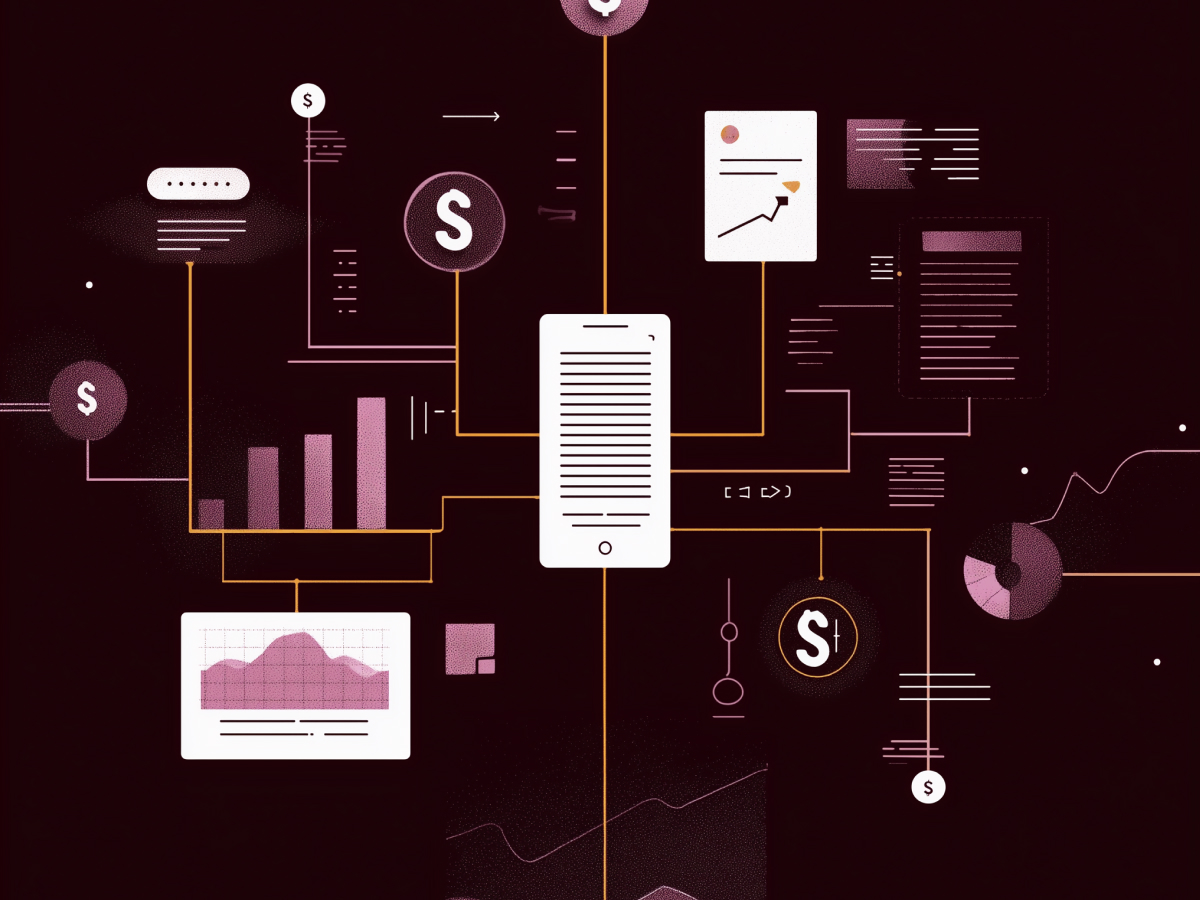Why distributed teams are taking over and how to make it work
By 2025, the workforce in the U.S. will look very different, with 32 million Americans projected to work remotely. This represents 22% of the total workforce, pointing out a growing preference for flexibility in how, when, and where work gets done.
Distributed teams, particularly those that operate fully remotely, are becoming a fixture in the global business ecosystem, with 16% of companies already structured in this way.
This rise is largely driven by the strategic advantages distributed teams offer:
- Access to talent beyond borders: Companies are no longer restricted by geography when sourcing talent. Remote work makes it possible to tap into skilled professionals from any region, a key benefit in competitive industries.
- Increased employee satisfaction and flexibility: Employees appreciate the flexibility that comes with remote work, leading to higher job satisfaction. With control over their work environment and schedules, team members often perform better, experiencing an improved work-life balance.
- Cost savings: For both employers and employees, distributed teams reduce costs. Companies save on overhead expenses related to maintaining physical offices, while employees benefit from eliminating commute times and related costs.
- Lower environmental impact: As remote work reduces the need for commuting and large office spaces, it helps shrink the overall carbon footprint of companies, making this structure more appealing in an era of growing environmental awareness.
Addressing the toughest challenges of running a distributed team
Despite these advantages, distributed teams face a distinct set of challenges that can complicate daily operations and long-term success. These hurdles require thoughtful solutions:
- Complex communication dynamics: Without the immediacy of face-to-face interaction, communication becomes more complex. Miscommunication and delays are more frequent, particularly in teams relying heavily on asynchronous communication methods.
- Asynchronous communication delays: While asynchronous communication enables flexibility, it can slow down decision-making and progress. When team members are spread across different time zones, even small delays can have cascading effects.
- Time zone management: Coordinating across time zones often feels like playing a game of catch-up. Teams must juggle availability, sometimes leading to inconvenient meeting times and delayed responses, which complicates real-time collaboration.
- Building and maintaining culture: A strong company culture is key for long-term engagement, but it’s harder to establish in a remote setting. The absence of in-person interactions can create a disconnect, requiring leaders to invest more time and creativity into building a cohesive team culture.
- Legal and regulatory issues: Managing compliance with diverse labor laws across multiple regions introduces complexity for HR and legal teams. Handling payroll, benefits, and tax obligations properly in different countries is often challenging.
- Instilling accountability without oversight: In a remote setting, tracking progress and building up accountability becomes more difficult without direct supervision. Leaders need to find the right balance of trust and tracking mechanisms to maintain transparency and performance.
How to transform communication for efficient remote teamwork
Choosing the right communication platform can make or break a remote team’s efficiency. Between January and September 2024 alone, our team held 186,000 Zoom calls, leveraging the platform’s AI features to generate 66,000 meeting summaries.
AI-generated insights helped streamline follow-ups and kept projects on track, showcasing the importance of selecting a tool that matches your team’s workflow.
For distributed teams, it’s key to consider tools that offer more than just video calls. Platforms need to include messaging, file sharing, and automated documentation features that reduce manual tasks and keep communication centralized. The right tool should serve as a communication hub, minimizing gaps between team members.
Asynchronous communication is key to thriving in remote teams
Asynchronous communication solves many of the issues caused by time zone differences and varying work schedules. It lets team members contribute and collaborate without needing to respond immediately, which is key for reducing stress and avoiding burnout in a remote setup.
- Loom offers a solution for asynchronous meetings, letting team members record video messages and presentations that can be viewed at a convenient time—eliminating the need for constant real-time meetings.
- Twist keeps team communication organized through threaded messaging, which is ideal for long-term projects that require clarity and transparency.
- GitHub discussions creates a centralized location for project conversations, letting developers discuss progress without cluttering other communication channels. This also allows for more structured and searchable exchanges.
Boost productivity with micro-meetings and bursty conversations
Micro-meetings, short and highly focused, enable teams to address urgent issues without the need for extended conversations—helping distributed teams stay aligned without losing valuable deep work time.
In tandem with bursty communication, where teams engage intensely for a short period followed by uninterrupted work, productivity sees a noticeable boost.
This approach gives team members the chance to concentrate on critical tasks while maintaining alignment with the rest of the team, which helps reduce distractions and fosters deeper focus on long-term deliverables.
Let AI handle the mundane tasks and keep your team focused
Automation plays an increasingly important role in distributed teams, particularly when it comes to routine communication. Tools like Zapier, Slackbots, and Automate.io automate repetitive tasks such as sending status updates, reminders, and meeting follow-ups, letting teams to focus on strategic work.
Through offloading administrative tasks to AI-driven solutions, teams free up time to concentrate on innovation and project development.
The best collaboration tools to make distributed teams unstoppable
Create smooth workflows with integrated collaboration systems
Integrated collaborative ecosystems streamline the workflow for distributed teams by centralizing communication, project management, and document sharing. Tools like Google Workspace and Microsoft 365 facilitate real-time document editing, making sure teams stay aligned and productive no matter where they are.
The true strength of these systems lies in their ability to break down silos. Through making sure every team member has access to the same resources and tools, these platforms reduce friction in day-to-day collaboration.
Teams can effortlessly share progress, make updates, and track milestones without constantly switching between multiple platforms.
Boost your team’s creativity with these real-time collaboration tools
Real-time collaboration tools such as Miro, MURAL, Notion, and Coda offer virtual spaces that mimic in-person brainstorming sessions. Features like live editing, annotations, and customizable templates make it easier for teams to innovate and contribute in real time, no matter where they are.
These platforms keep creative processes flowing and ensure that all team members can participate in idea generation and development. Facilitating more dynamic engagement, real-time tools improve and boost both creativity and execution across distributed teams.
Build competence in code and content collaboration with decentralized version control
For teams working with code and content, decentralized version control systems like Mercurial and Git are key for smooth collaboration—tracking every change, and making it easier for team members to merge, compare, or revert work as necessary.
Best practices for using these systems include adopting clear branching strategies, establishing frequent reviews, and setting up automated integration pipelines to streamline processes. This makes sure the work stays well-organized, preventing bottlenecks and maintaining project momentum.
Reinvent collaboration practices to match the needs of remote teams
Set the ground rules for success with a collaboration charter that works
A collaboration charter provides the foundation for how distributed teams work together, setting clear expectations regarding communication, accountability, and decision-making processes.
Leaders should involve team members in creating the charter to foster greater buy-in and relevance.
As workflows evolve, regular updates to the collaboration charter make sure it stays relevant and effective—letting teams adjust to new challenges and opportunities as they arise, maintaining alignment and productivity.
Get everyone aligned with crystal-clear working agreements
Working agreements bring structure to cross-functional teams, establishing clear guidelines on roles, responsibilities, and timelines. These agreements can be tailored to specific projects or remain as overarching guidelines for team interactions.
Documentation is key here. Through formalizing these agreements, teams create a reference point that helps avoid confusion and promotes accountability. Regular reviews also help keep the agreements current and aligned with team objectives.
Manage time zone issues with smart overlap strategies
Managing a distributed team across multiple time zones requires a strategic approach to scheduling. One approach is to rotate meeting times, ensuring that no single group consistently bears the burden of inconvenient hours.
Another common method is to establish core overlap hours, during which all team members are expected to be available for real-time collaboration.
For some teams, adopting a “follow-the-sun” model—where work is passed from one time zone to the next—helps maintain continuous project progress. This can be particularly effective for teams working on high-priority, time-sensitive tasks.
Final thoughts
As the world continues to push towards remote work, the real question for your brand is how to elevate your distributed teams—-and not just manage them. Are you leveraging the right strategies to truly connect your people, drive innovation, and remain competitive?




